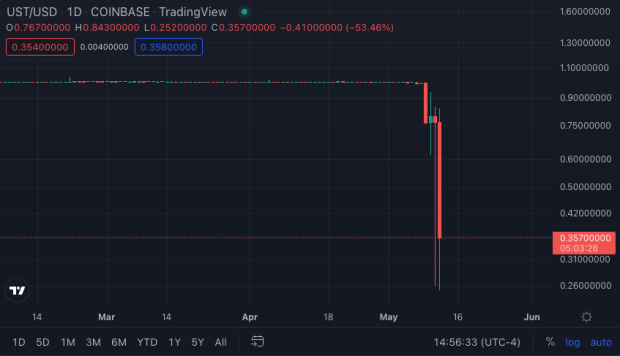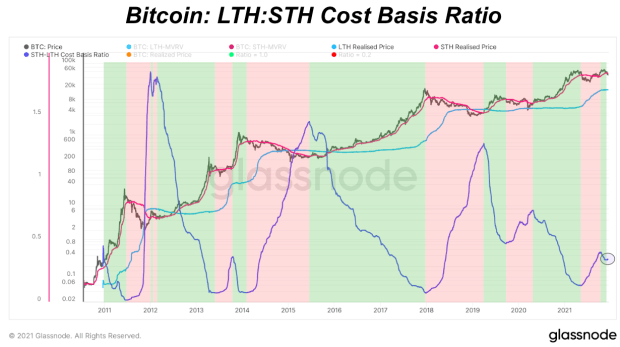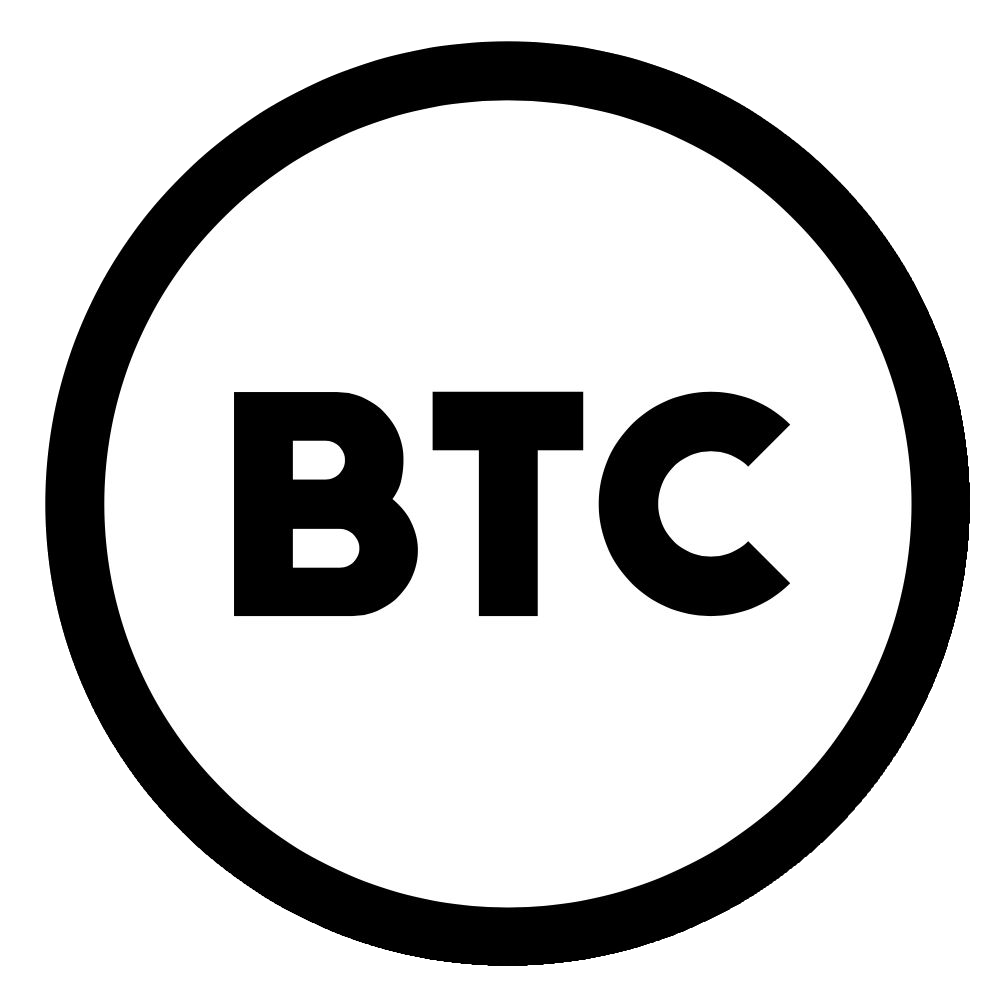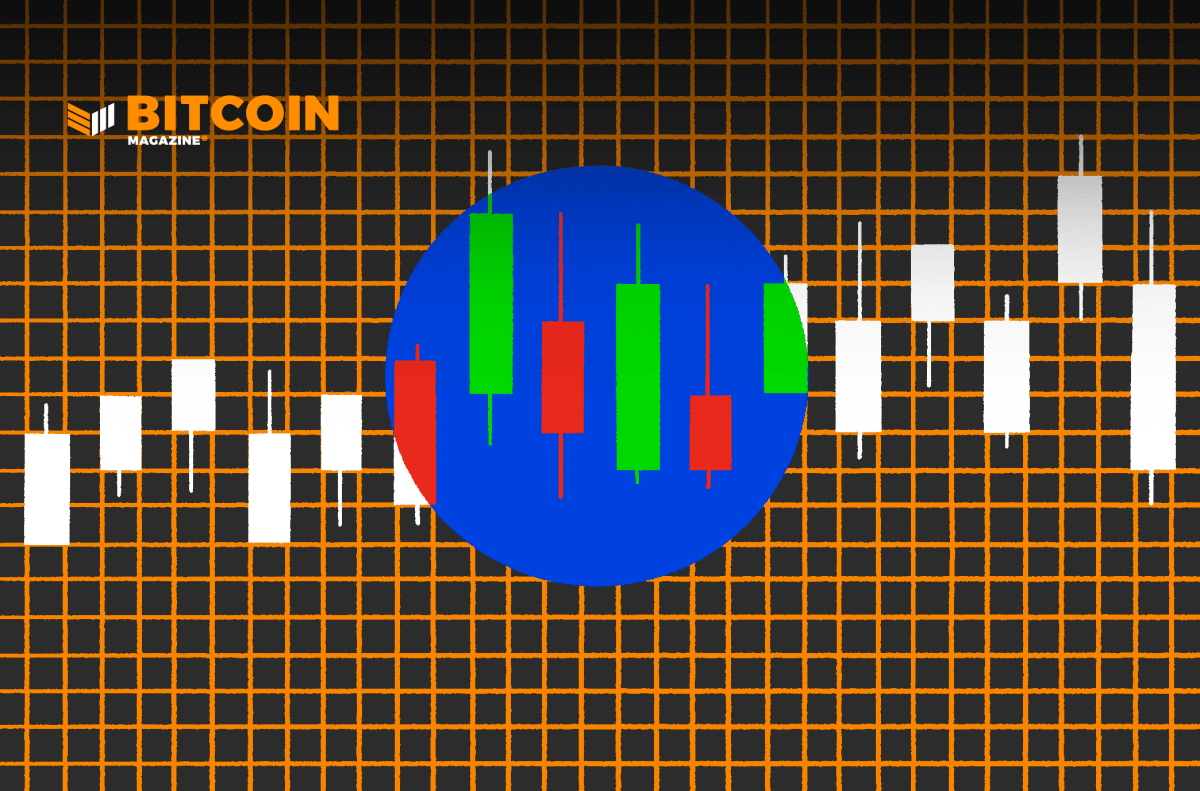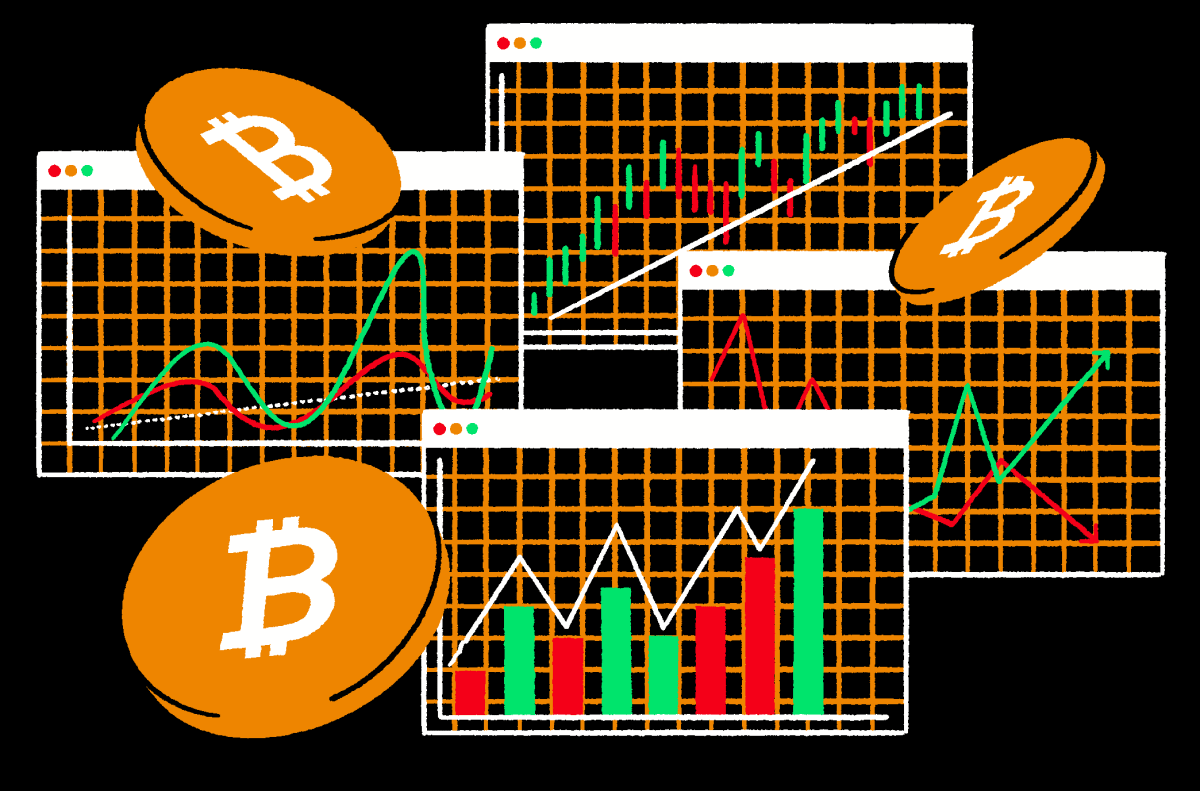Report: Crypto Exchanges Are Recording Impressive Revenues

Cryptocurrency exchanges are catching up to their traditional counterparts, a new study suggests.
According to a report released by global professional services company Accenture, revenue from cryptocurrency exchanges is now matching that of traditional exchanges. Some of the changes discussed in the document, “Capital Markets Vision 2022,” include the rise and growth of cryptocurrencies, and how blockchain technology could potentially help traditional firms unlock value and add new levels of efficiency to their operations.
Traditional exchanges typically generate solid pre-tax margins, but their growth prospects tend to be modest at best, the document explains. Thus, many traditional firms have begun finding ways to bring cryptocurrency trading to their customers as a means of potentially increasing their revenue while offering investors the chance to build more diversified portfolios.
The report says that cryptocurrency exchanges and servicing hold a 64 percent pre-tax margin. The authors say that, in just a few short years, crypto exchanges have “exploded from virtually nowhere” and now represent a substantial amount of revenue, matching that from traditional exchanges with a discrepancy in composition of margin and turnover that differs by a factor of roughly 1,000.
Markus Boehme — co-author of the report and managing director at Accenture Strategy — explains, “Adapting a trillion-dollar industry for the digital age while it’s entering an era of profound disruption is a complex and shapeshifting goal, but it is also an era that provides significant opportunities for those who act fast as value pools are being redistributed. Nimble firms will be able to capture new profit opportunities in a ‘race for relevance’ while also benefiting the industry’s customers.”
Furthermore, blockchain technology is becoming increasingly popular amongst traditional financial players, and the report states that nearly every significant member of the capital markets industry is experimenting with blockchain infrastructure to some degree. The authors say that blockchain’s uses go beyond simply recording transactions and ultimately extend to factors like updating reference data, creating fractional and digital asset vehicles, and redefining syndicates.
In addition, the authors explain that, while artificial intelligence (AI) is likely to affect the industry first, blockchain technology could affect the industry in a more significant and long-term way. They suggest that blockchains have many uses in trading and market infrastructure, and that many of these use cases can already be seen in the exchange sector. Two examples include the Australian and Toronto Stock Exchanges, which are both using blockchain to replace legacy settlement systems. In addition, the Tel Aviv Stock Exchange is now working on putting collateral management on a distributed ledger.
The document states that blockchain technology has the power to significantly reduce costs in the financial industry by reducing redundancy. Many traditional firms depend on functions that are consistently repeated due to what the report calls a “lack of a universal source of truth.” Employing a distributed ledger to record trade executions and settlements could knock out the need for several of the firms’ repeating functions.
We believe that both AI and DLT [distributed ledger technology] have the potential to grow substantially as we head toward 2022 and beyond. Their use cases could extend not only to optimizing and mutualizing current processes, but also to unlocking value in existing data and assets and allowing the industry to target completely new revenue streams.
In all, the report suggests that utilizing DLT could lead to potential savings of nearly $100 billion. However, the timing of this reduction will depend greatly on when DLT becomes the financial industry backbone. The authors say a solid plan for implementing DLT strategies is necessary for allowing clients to capture a larger share of their back-office value chains.
To view the full report, click here.
This article originally appeared on Bitcoin Magazine.

